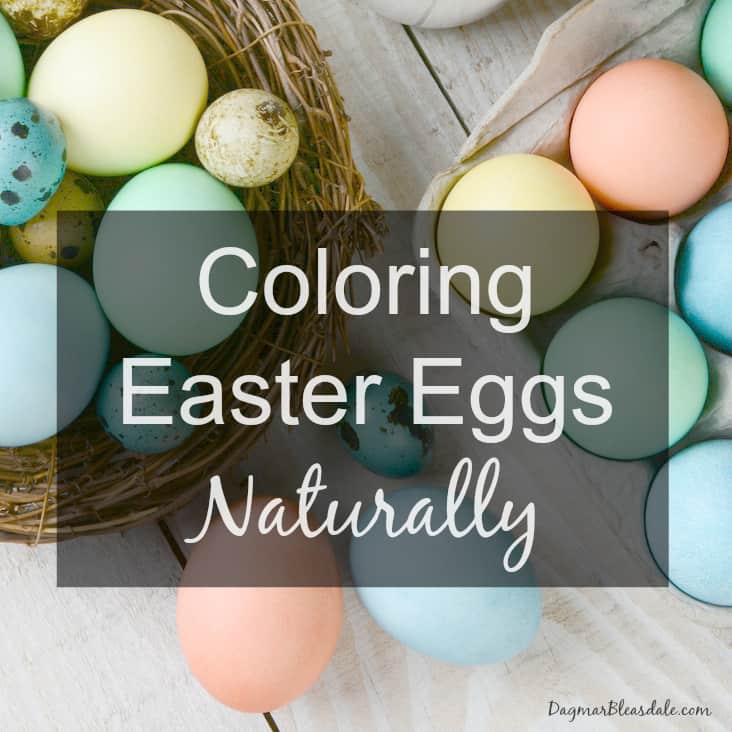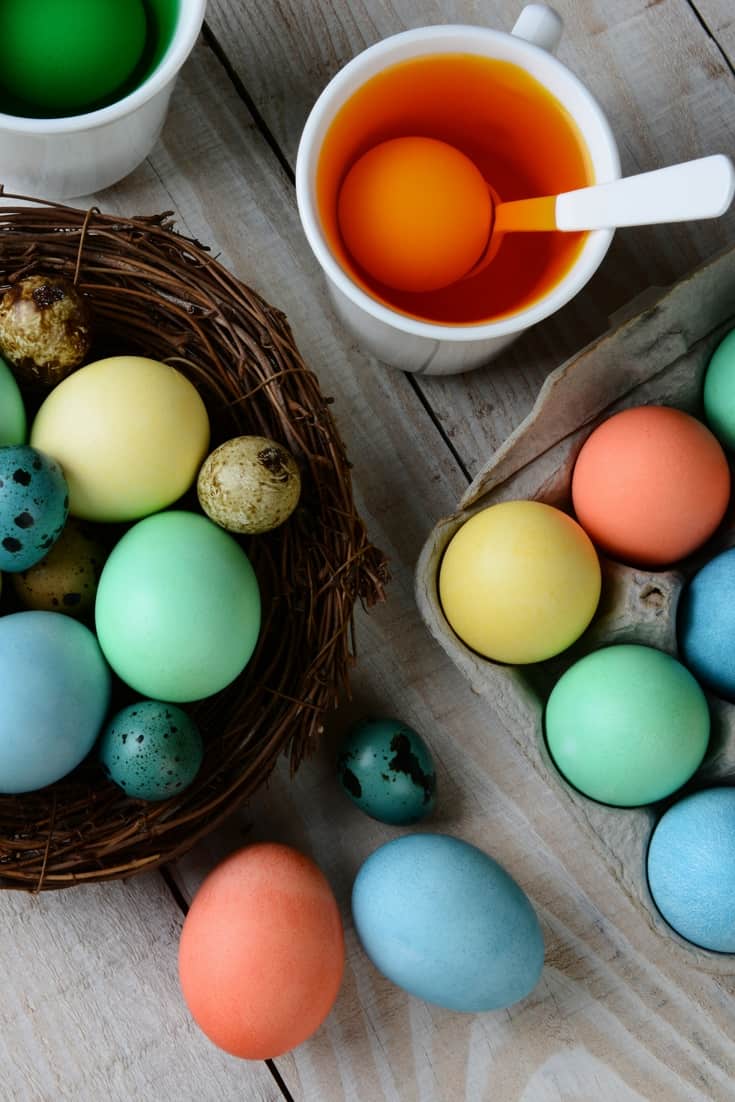Food Dyes Pose a Danger to Children
Do you let your kids eat blue or pink or red food?
Are you aware of the dangers of artificial food dyes? More and more children are negatively affected by food dyes, and some are even allergic to them.
In early history, food colorings were derived from natural sources. For example, if you wanted red coloring for a cake, you added red beet root juice to the mix.
Nowadays, artificial food colors are often created in labs using highly toxic substances.
- Blue No. 1 – Cancer risk, in laboratory animals, cancerous tumors have grown after exposure.
- Yellow No.6 – linked to problems of the kidneys and adrenals.
- Red No. 40 – being tested for a correlation between ADHD and increased hyperactivity after consumption. Prevalent in snack foods. Children with a sensitivity to this chemical may show a worsening of their symptoms.
- Blue No.1 and 3 being looked at as having something to do with male sterility.
- Yellow No. 5 – Exposure can lead to a multitude of symptoms, including headaches, dizziness, anxiety, asthma attacks and behavioral problems.
Become aware of all the artificial food coloring in food you buy by reading the labels!
- Blue No. 1 – Found in sodas, icings, candy, syrups and desserts
- Blue No. 2 – Found in snack foods, candy, and ice cream and baked goods
- Red No. 40 – Gelatins, puddings, ice cream, dairy products and drinks
- Green No.3 – Cherries, drinks, sherbet, pudding, dairy products
- Red No.3 – Cherries, fruit salad, dairy products, baked goods and snacks
- Red No. 17 – Candy, sauces, snacks and drinks
- Yellow No. 5 – Cereals, preserves, custard, drinks, ice cream
- Yellow No. 6 – Ice cream, cereals, confections, drinks, snack foods
- Orange B – Hot dogs, sausages
Just google food dyes or food coloring dangers, and you’ll find a lot more information.
Want to color your Easter eggs with natural colors? Then don’t miss this post:
Coloring Easter Eggs Naturally


